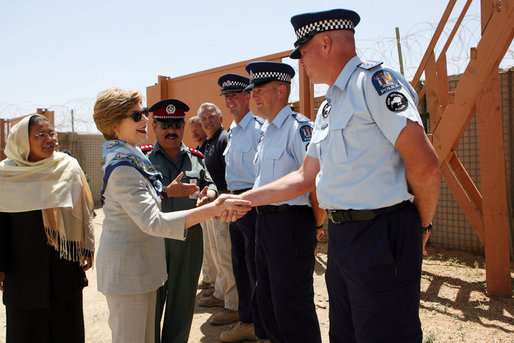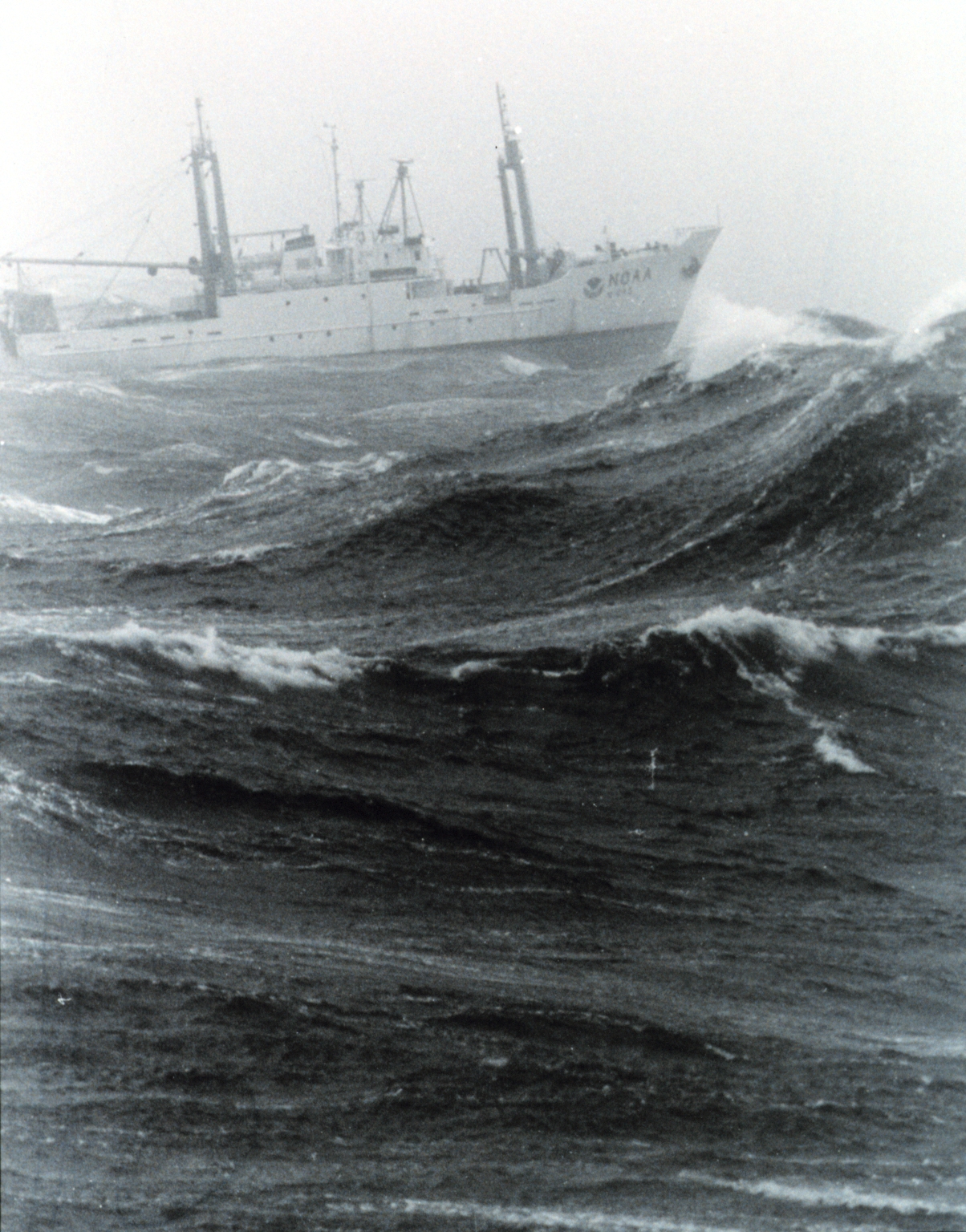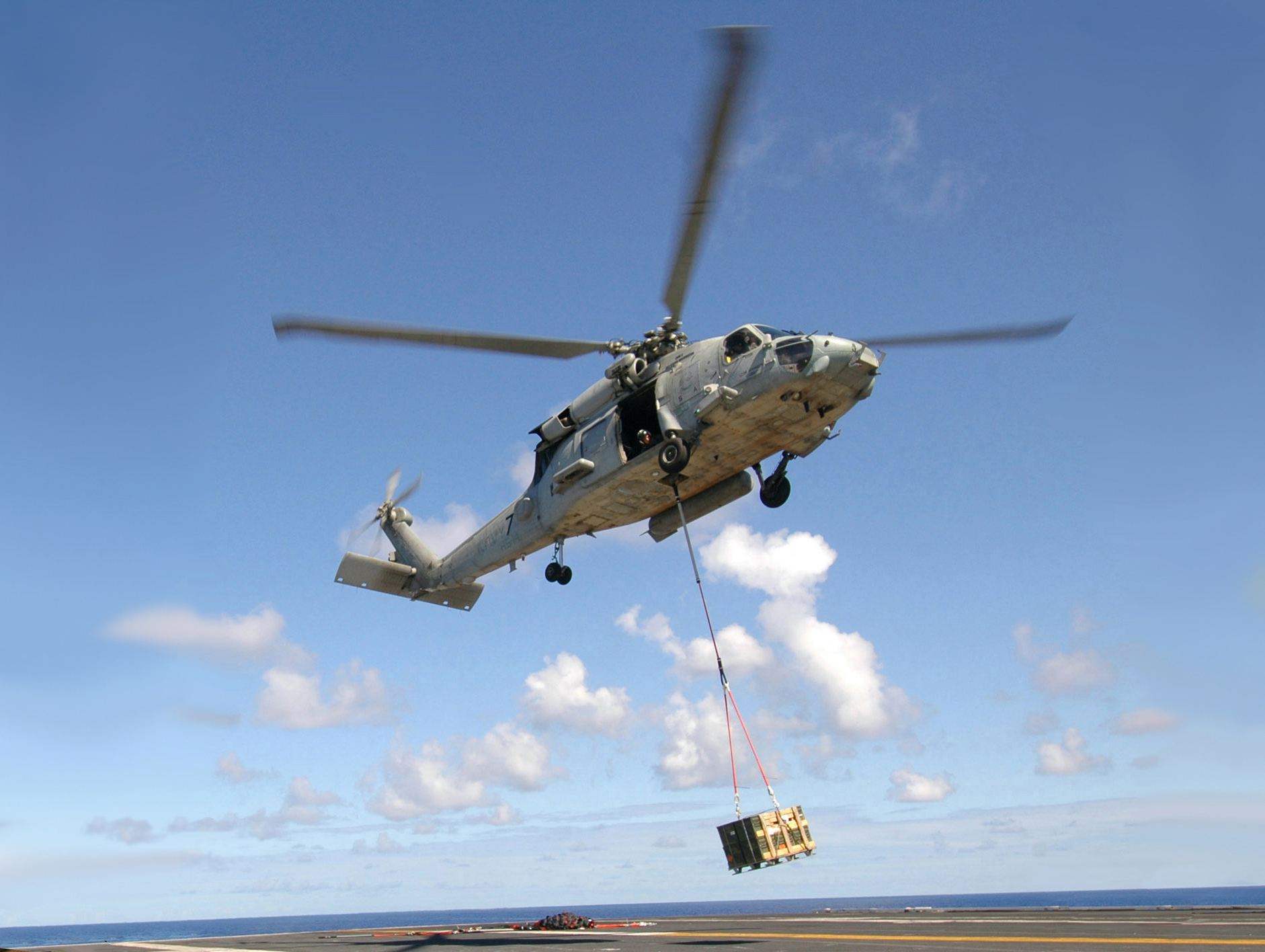|
Lake-class Inshore Patrol Vessel
The Lake-class inshore patrol vessel (also known as the ''Rotoiti'' class and the Protector class) is a ship class of inshore patrol vessels (IPVs) of the Royal New Zealand Navy (RNZN) and the Irish Naval Service which replaced the RNZN's s in 2007–2008. All four vessels are named after New Zealand lakes. Following long-running Navy retention problems in the wake of NZDF "civilianisation", two of the four vessels were tied up, inactive, in a 'Reduced Activity Period' for long periods between 2013 and 2018. In June 2019 the New Zealand Government announced that two of the patrol vessels would be withdrawn from service, and they were decommissioned in October that year. Design and construction Conceived as part of Project Protector, the Ministry of Defence acquisition project to acquire one multi-role vessel, two offshore and four inshore patrol vessels. The Project Protector vessels were to be operated by the RNZN to conduct tasks for and with the New Zealand Customs Servic ... [...More Info...] [...Related Items...] OR: [Wikipedia] [Google] [Baidu] |
Tenix Defence
Tenix Defence was Australia's largest defence contractor with core capabilities in Aerospace, Land, Marine and Electronic Systems applications. BAE Systems announced its intention to acquire the company from Tenix in January 2008 and the acquisition was completed in June 2008 for A$775 million (£373 million). BAE Systems Australia thus became Australia's largest defence contractor. The company was formed in 1997 after it was split from parent company Transfield Services. It was part of Tenix until the defence contracting arm became known as Tenix Defence. It had two divisions: Tenix Marine and Tenix Aerospace and Defence (comprising the former Land, Aerospace and Electronic Systems divisions). Land Tenix Defence provided design, manufacture, modification and repairs to all major in-service military vehicles in Australia. It had over 300 employees in Wingfield, South Australia and Bandiana, Victoria. Wingfield was Australia's largest privately operated military vehicle facilit ... [...More Info...] [...Related Items...] OR: [Wikipedia] [Google] [Baidu] |
New Zealand Police
The New Zealand Police ( mi, Ngā Pirihimana o Aotearoa) is the national police service and principal law enforcement agency of New Zealand, responsible for preventing crime, enhancing public safety, bringing offenders to justice, and maintaining public order. With about 13,000 personnel, it is the largest law enforcement agency in New Zealand and, with few exceptions, has primary jurisdiction over the majority of New Zealand criminal law. The New Zealand Police also has responsibility for traffic and commercial vehicle enforcement as well as other key responsibilities including protection of dignitaries, firearms licensing, and matters of national security. Policing in New Zealand was introduced in 1840, modelled on similar constabularies that existed in Britain at that time. The constabulary was initially part police and part militia. By the end of the 19th century policing by consent was the goal. The New Zealand Police has generally enjoyed a reputation for mild policing, ... [...More Info...] [...Related Items...] OR: [Wikipedia] [Google] [Baidu] |
Department Of Defence (Ireland)
The Department of Defence ( ga, An Roinn Cosanta) is the department of the Government of Ireland that is responsible for preserving peace and security in Ireland. The department is led by the Minister for Defence. Departmental team The official headquarters of the department are at Station Road, Newbridge, County Kildare. The departmental team consists of the following: * Minister for Defence: Micheál Martin, TD ** Minister of State at the Department of Defence: Jack Chambers, TD *Secretary General of the Department: Jacqui McCrum History The Department of Defence was created at the very first meeting of Dáil Éireann on 21 January 1919. The Ministers and Secretaries Act 1924, passed soon after the establishment of the Irish Free State in 1922, provided it with a statutory basis. This act provided it with: Structure The mission of the Department of Defence is to meet the needs of Government and the public by providing value for money defence and civil defence services ... [...More Info...] [...Related Items...] OR: [Wikipedia] [Google] [Baidu] |
Irish Examiner
The ''Irish Examiner'', formerly ''The Cork Examiner'' and then ''The Examiner'', is an Irish national daily newspaper which primarily circulates in the Munster region surrounding its base in Cork, though it is available throughout the country. History 19th and early 20th centuries The paper was founded by John Francis Maguire under the title ''The Cork Examiner'' in 1841 in support of the Catholic Emancipation and tenant rights work of Daniel O'Connell. Historical copies of ''The Cork Examiner'', dating back to 1841, are available to search and view in digitised form at the Irish Newspaper Archives website and British Newspaper Archive. During the Irish War of Independence and Irish Civil War, the ''Cork Examiner'' (along with other nationalist newspapers) was subject to censorship and suppression. At the time of the Spanish Civil War, the ''Cork Examiner'' reportedly took a strongly pro- Franco tone in its coverage of the conflict. As of the early to mid-20th century, th ... [...More Info...] [...Related Items...] OR: [Wikipedia] [Google] [Baidu] |
Southern Ocean
The Southern Ocean, also known as the Antarctic Ocean, comprises the southernmost waters of the World Ocean, generally taken to be south of 60° S latitude and encircling Antarctica. With a size of , it is regarded as the second-smallest of the five principal oceanic divisions: smaller than the Pacific, Atlantic, and Indian oceans but larger than the Arctic Ocean. Over the past 30 years, the Southern Ocean has been subject to rapid climate change, which has led to changes in the marine ecosystem. By way of his voyages in the 1770s, James Cook proved that waters encompassed the southern latitudes of the globe. Since then, geographers have disagreed on the Southern Ocean's northern boundary or even existence, considering the waters as various parts of the Pacific, Atlantic, and Indian oceans, instead. However, according to Commodore John Leech of the International Hydrographic Organization (IHO), recent oceanographic research has discovered the importance of Southe ... [...More Info...] [...Related Items...] OR: [Wikipedia] [Google] [Baidu] |
Shipbuilder
Shipbuilding is the construction of ships and other floating vessels. It normally takes place in a specialized facility known as a shipyard. Shipbuilders, also called shipwrights, follow a specialized occupation that traces its roots to before recorded history. Shipbuilding and ship repairs, both commercial and military, are referred to as "naval engineering". The construction of boats is a similar activity called boat building. The dismantling of ships is called ship breaking. History Pre-history The earliest known depictions (including paintings and models) of shallow-water sailing boats is from the 6th to 5th millennium BC of the Ubaid period of Mesopotamia. They were made from bundled reeds coated in bitumen and had bipod masts. They sailed in shallow coastal waters of the Persian Gulf. 4th millennium BC Ancient Egypt Evidence from Ancient Egypt shows that the early Egyptians knew how to assemble planks of wood into a ship hull as early as 3100 BC. Egyptian po ... [...More Info...] [...Related Items...] OR: [Wikipedia] [Google] [Baidu] |
Sea State
In oceanography, sea state is the general condition of the free surface on a large body of water—with respect to wind waves and swell—at a certain location and moment. A sea state is characterized by statistics, including the wave height, period, and spectrum. The sea state varies with time, as the wind and swell conditions change. The sea state can be assessed either by an experienced observer (like a trained mariner) or by using instruments like weather buoys, wave radar or remote sensing satellites. In the case of buoy measurements, the statistics are determined for a time interval in which the sea state can be considered to be constant. This duration has to be much longer than the individual wave period, but shorter than the period in which the wind and swell conditions can be expected to vary significantly. Typically, records of one hundred to one thousand wave periods are used to determine the wave statistics. The large number of variables involved in creating and ... [...More Info...] [...Related Items...] OR: [Wikipedia] [Google] [Baidu] |
VERTREP
Vertical replenishment, or VERTREP, is a method of supply of seaborne vessels by helicopter. The United States Department of Defense defines VERTREP as: ...the transfer of cargo between ships using helicopters. VERTREP is often used to supplement connected replenishment. Weapons loads, generally limited to 1,800 kg (4,000 pounds), are transferred from the supply ship to the flight deck of the amphibious ship. The decided advantage of a VERTREP is that it can effect replenishment without ship-to-ship connection. History The United States Sixth Fleet had developed VERTREP routines in 1962 with SH-3 Sea King helicopters operating from and . Each ship carried one SH-3. At that time, there was some anticipation that nuclear-powered ships might reduce the need for alongside refueling. ''Altair'' performed the first night VERTREP to an aircraft carrier in 1965. Modern United States Navy VERTREP procedures were initiated from in November 1964. ''Sacramento'' embarked two CH-46 Sea Kn ... [...More Info...] [...Related Items...] OR: [Wikipedia] [Google] [Baidu] |
HMNZS Hawea (P3571) 2007 Machine Gun
Three ships of the Royal New Zealand Navy The Royal New Zealand Navy (RNZN; mi, Te Taua Moana o Aotearoa, , Sea Warriors of New Zealand) is the maritime arm of the New Zealand Defence Force. The fleet currently consists of nine ships. The Navy had its origins in the Naval Defence Act ... have been named HMNZS ''Hawea'': * , was a frigate, 1948–1965 * , was a , 1975–1991, pennant number P3571 * , is a , launched in 2007, pennant number P3571 {{DEFAULTSORT:Hawea, Hmnzs Royal New Zealand Navy ship names ... [...More Info...] [...Related Items...] OR: [Wikipedia] [Google] [Baidu] |
Fishing Trawler
A fishing trawler is a commercial fishing vessel designed to operate fishing trawls. Trawling is a method of fishing that involves actively dragging or pulling a trawl through the water behind one or more trawlers. Trawls are fishing nets that are pulled along the bottom of the sea or in midwater at a specified depth. A trawler may also operate two or more trawl nets simultaneously (double-rig and multi-rig). There are many variants of trawling gear. They vary according to local traditions, bottom conditions, and how large and powerful the trawling boats are. A trawling boat can be a small open boat with only 30 horsepower (22 kW) or a large factory ship with 10,000 horsepower (7457 kW). Trawl variants include beam trawls, large-opening midwater trawls, and large bottom trawls, such as "rock hoppers" that are rigged with heavy rubber wheels that let the net crawl over rocky bottom. History During the 17th century, the British developed the Dogger, an ... [...More Info...] [...Related Items...] OR: [Wikipedia] [Google] [Baidu] |
Roy Geddes
Roy Geddes (4 August 1940 – 25 August 2006), born Robert Geddes, was a Scottish-born New Zealand chemist and biochemist, and worked as Dean of Science and Engineering at Auckland Institute of Technology. Early life and family Born in Edinburgh, Scotland, on 4 August 1940, Geddes was educated at Holy Cross Academy. In 1965, he married Estelle Philomena O'Keeffe, and the couple went on to have four children. They emigrated to New Zealand in 1970, and Geddes was naturalised as a New Zealander in 1977. University career Geddes began his career in the Department of Biochemistry of the University of Auckland as a senior lecturer in 1970, after obtaining BSc(Hons) and PhD degrees in chemistry from the University of Edinburgh, and postdoctoral fellowships in physical biochemistry at the Australian National University (1967–69), and at Georgetown University, Washington D.C. (1965–66). In Auckland he investigated the structure and metabolism of glycogen, an energy storage polys ... [...More Info...] [...Related Items...] OR: [Wikipedia] [Google] [Baidu] |
Friction Stir Welding
Friction stir welding (FSW) is a solid-state joining process that uses a non-consumable tool to join two facing workpieces without melting the workpiece material. Heat is generated by friction between the rotating tool and the workpiece material, which leads to a softened region near the FSW tool. While the tool is traversed along the joint line, it mechanically intermixes the two pieces of metal, and forges the hot and softened metal by the mechanical pressure, which is applied by the tool, much like joining clay, or dough. It is primarily used on wrought or extruded aluminium and particularly for structures which need very high weld strength. FSW is capable of joining aluminium alloys, copper alloys, titanium alloys, mild steel, stainless steel and magnesium alloys. More recently, it was successfully used in welding of polymers. In addition, joining of dissimilar metals, such as aluminium to magnesium alloys, has been recently achieved by FSW. Application of FSW can be found in ... [...More Info...] [...Related Items...] OR: [Wikipedia] [Google] [Baidu] |
_2007_engine_room.jpg)

.jpg)
.png)




